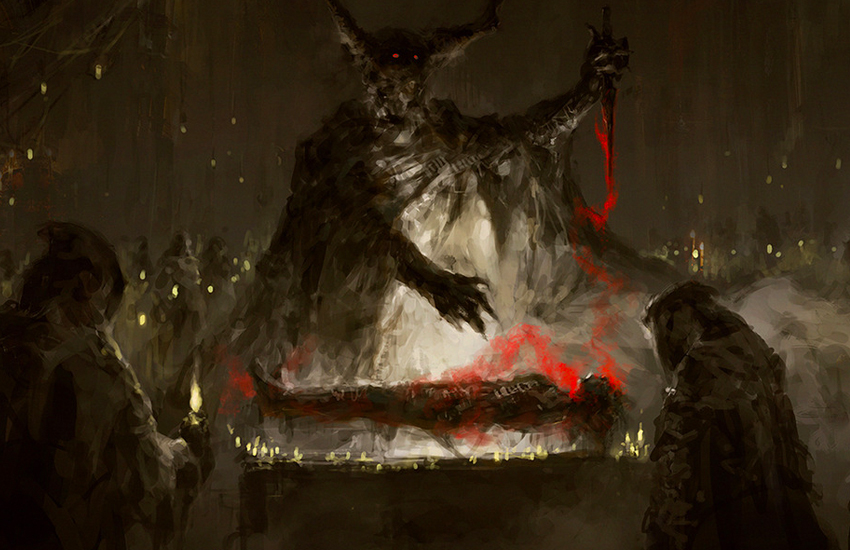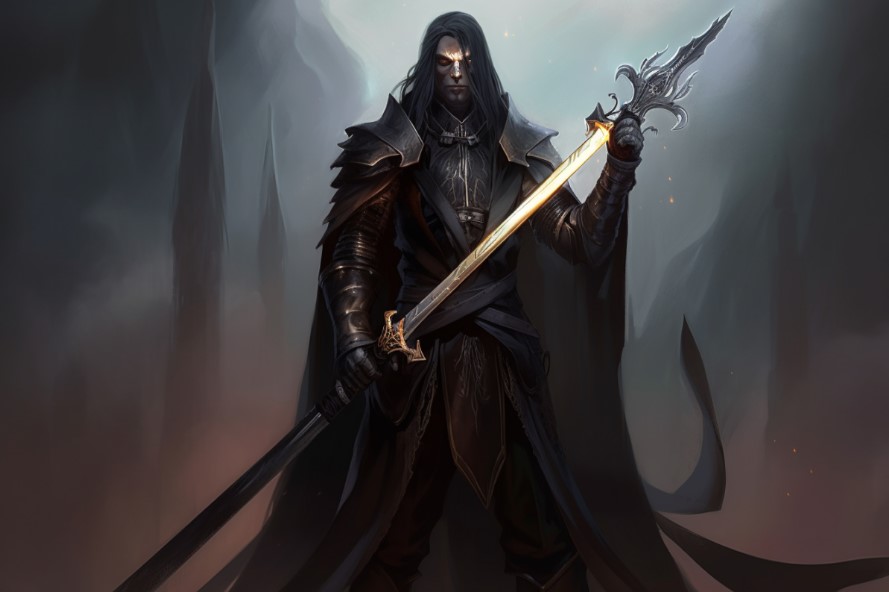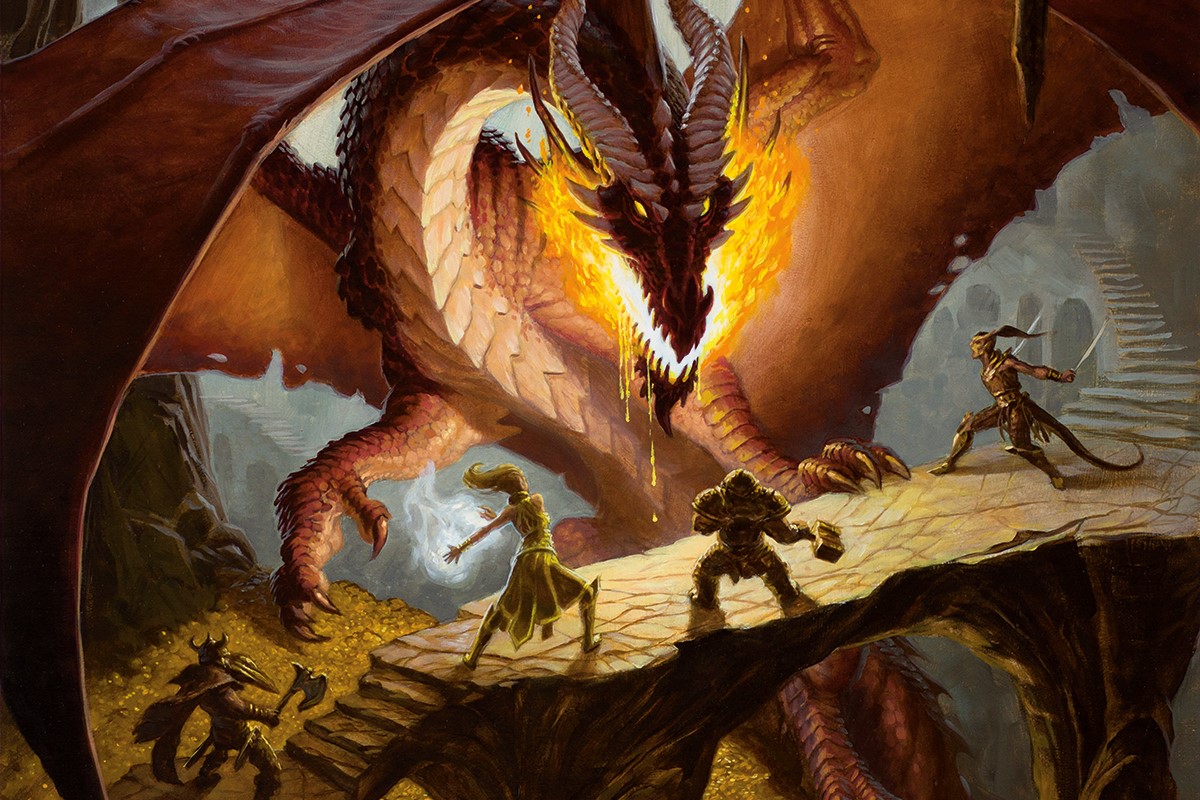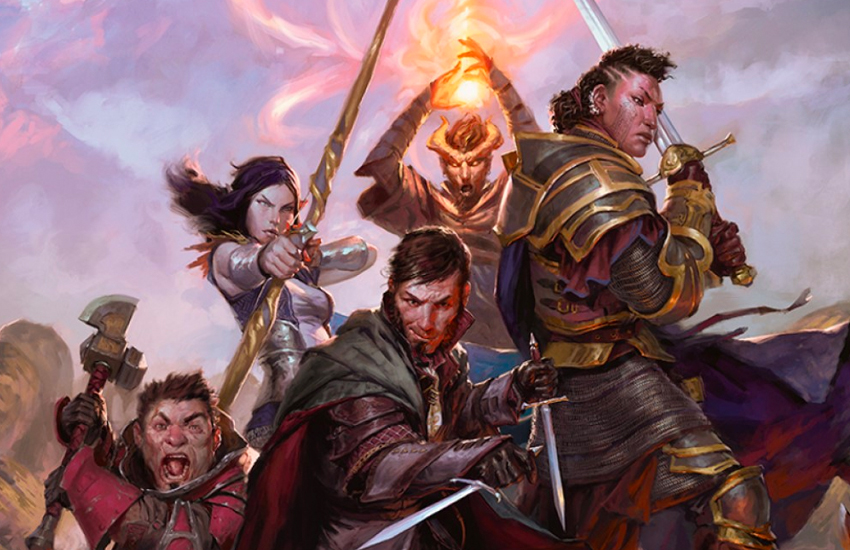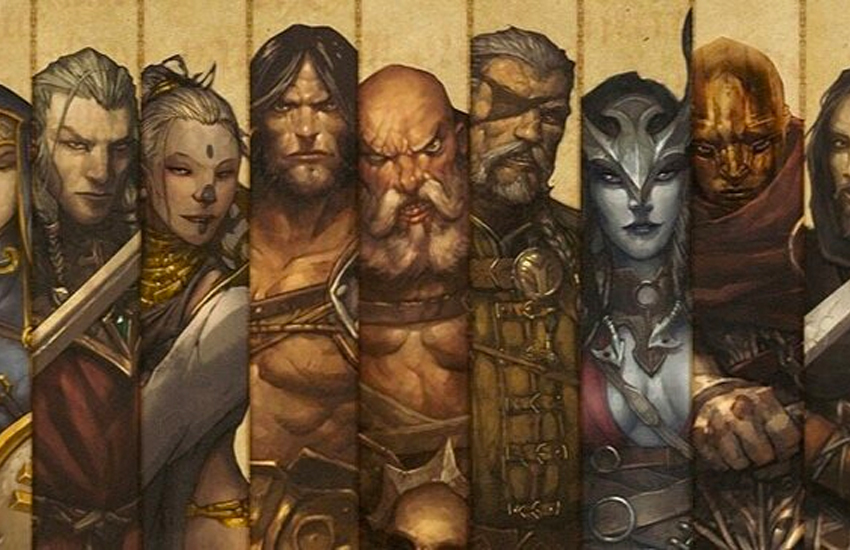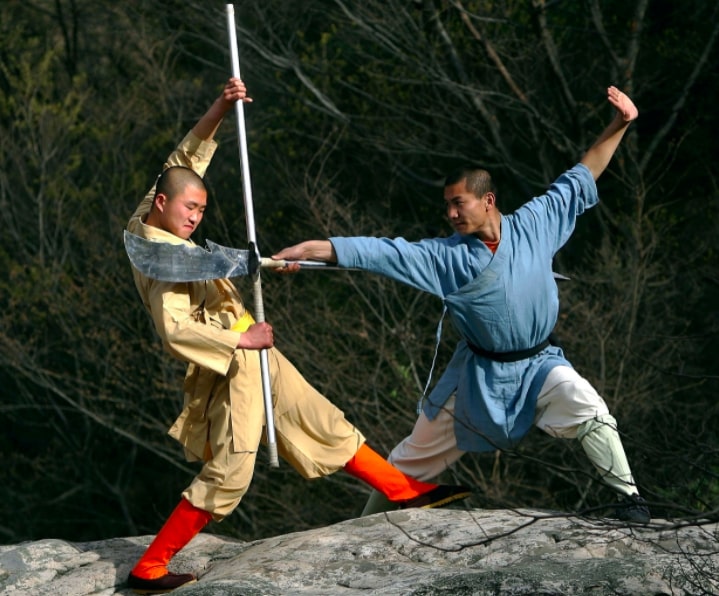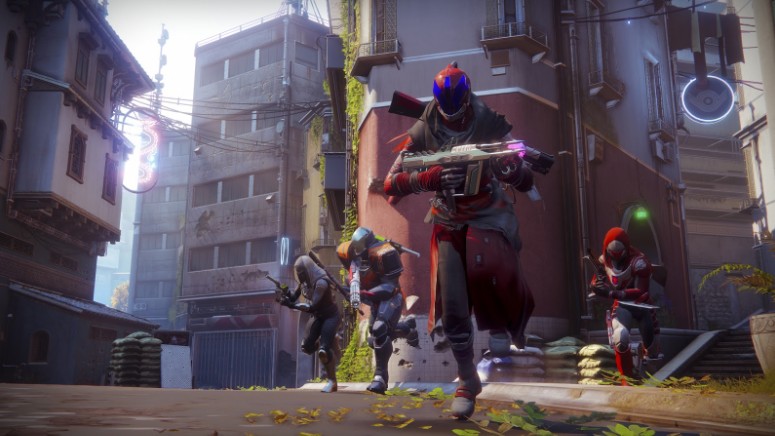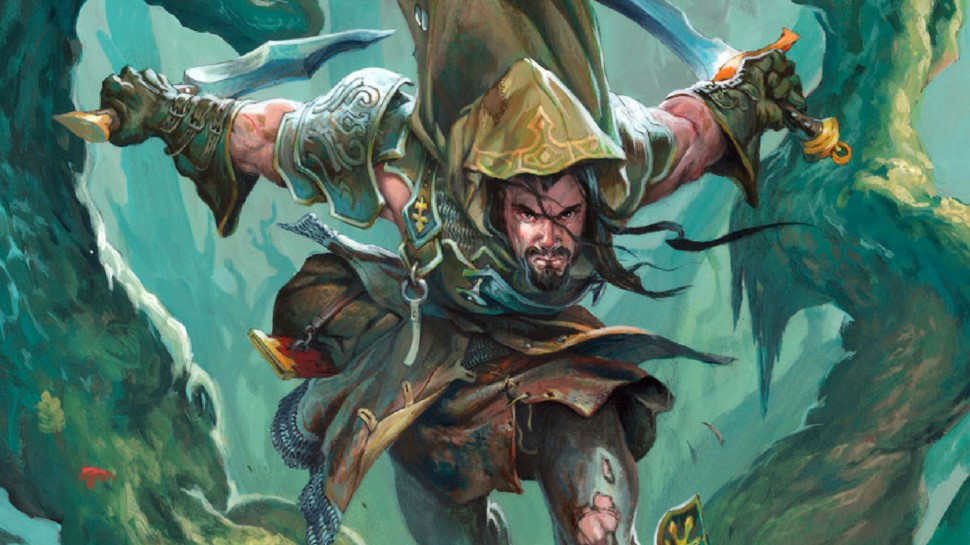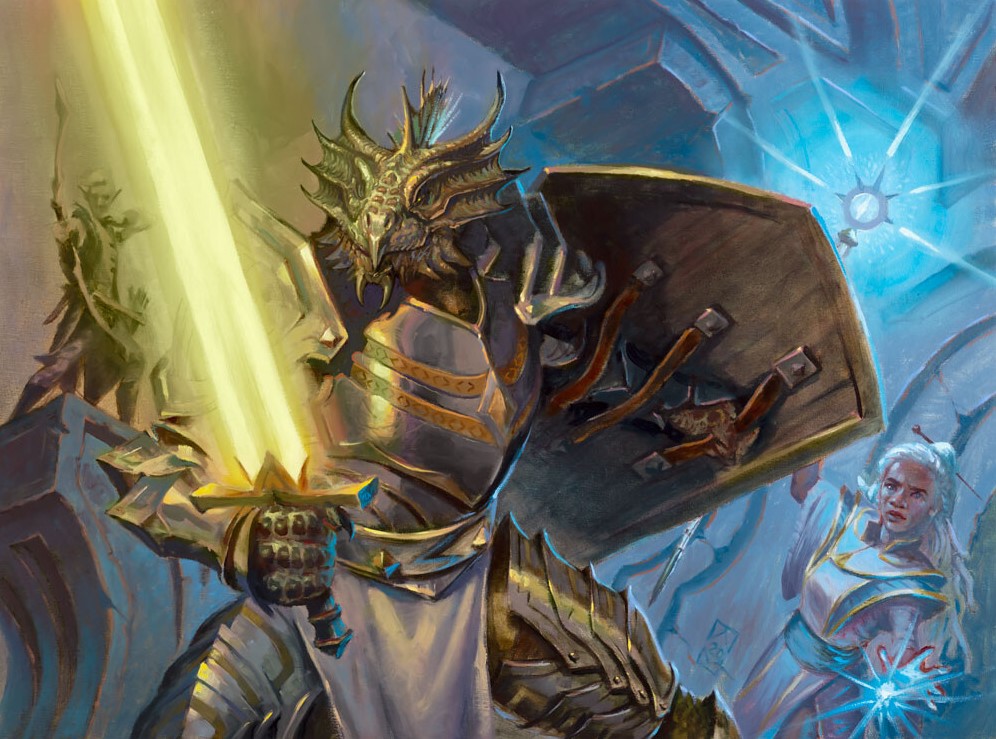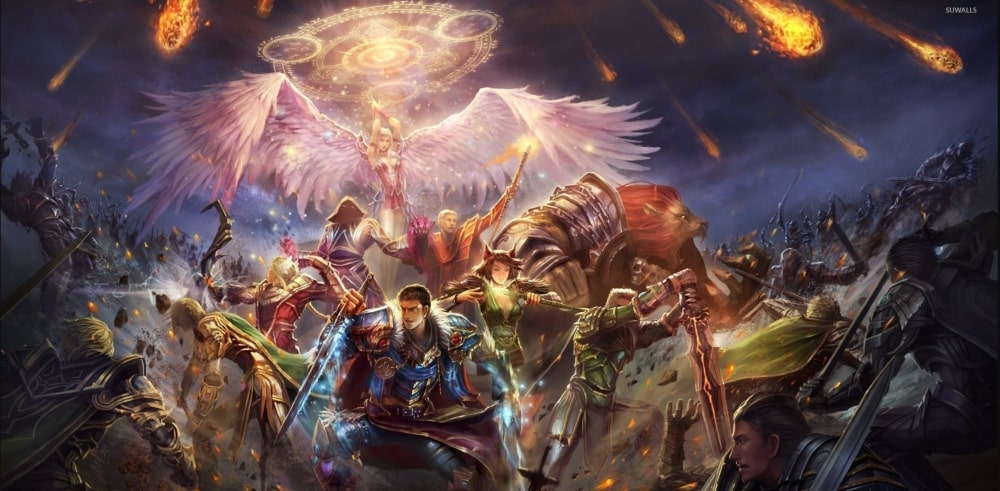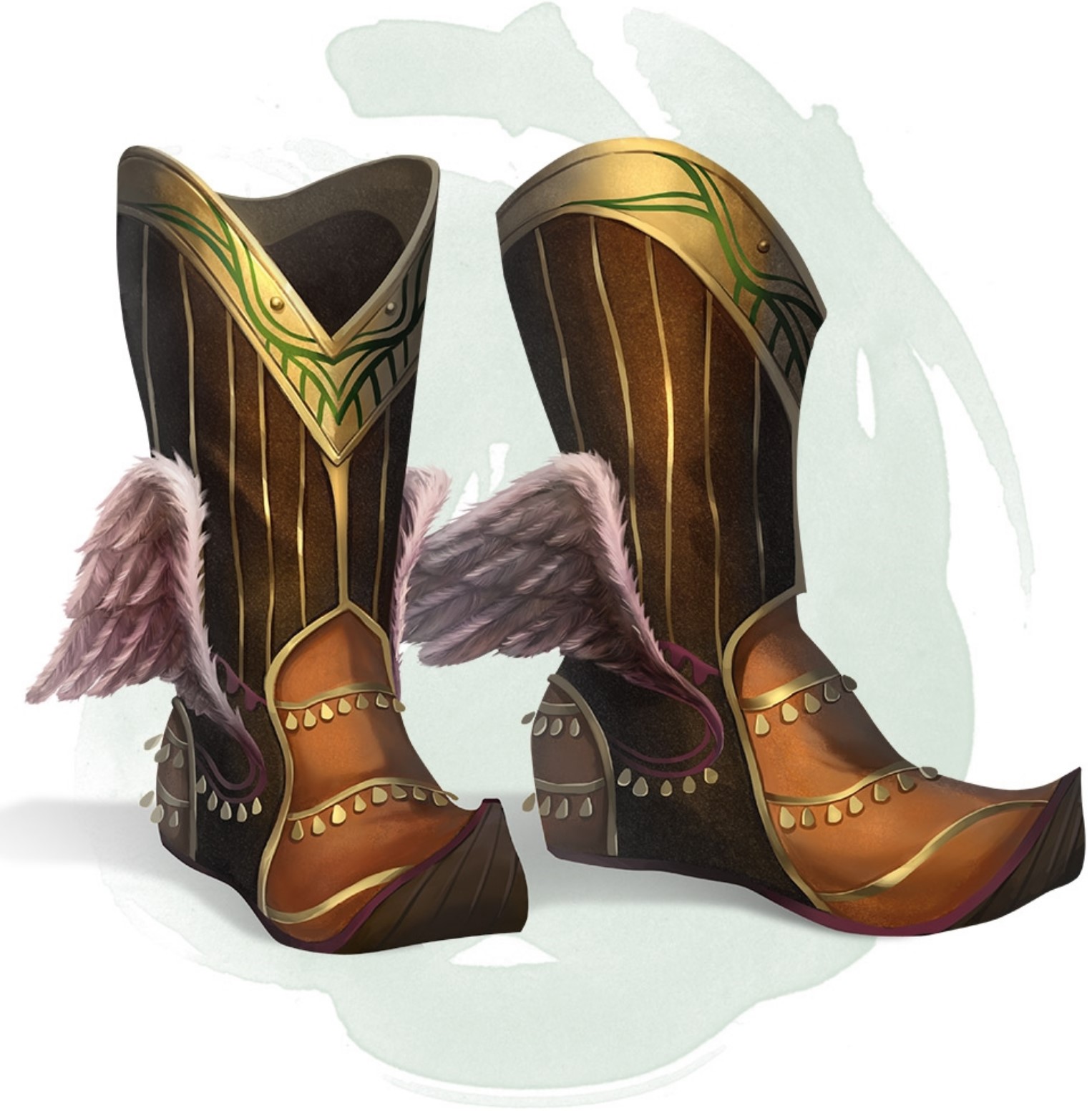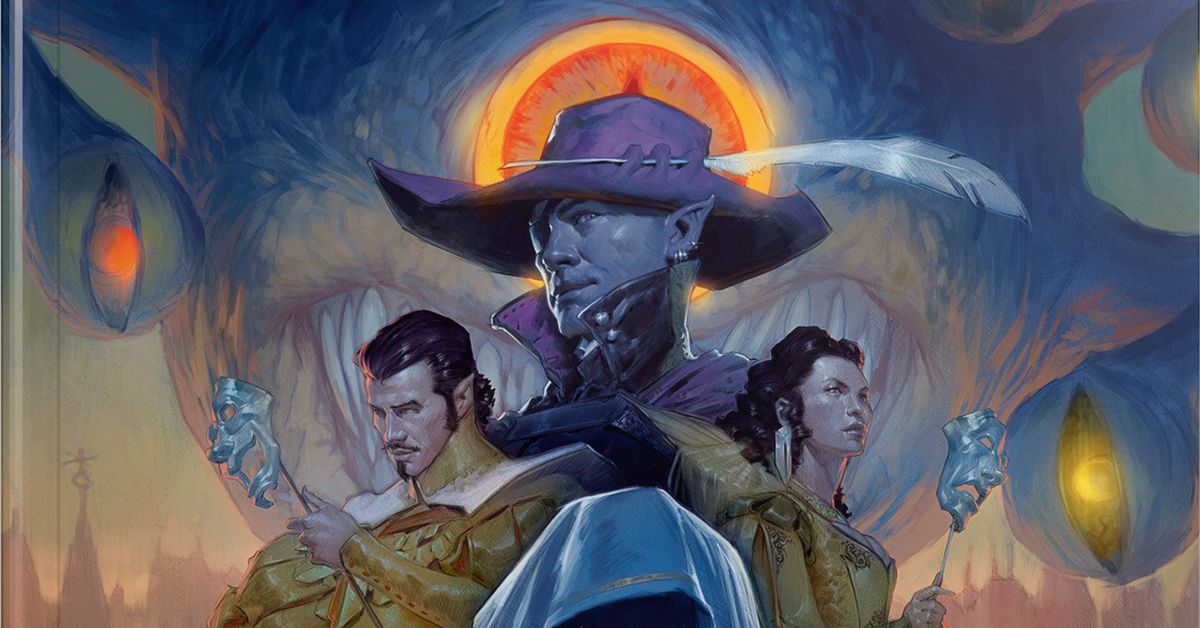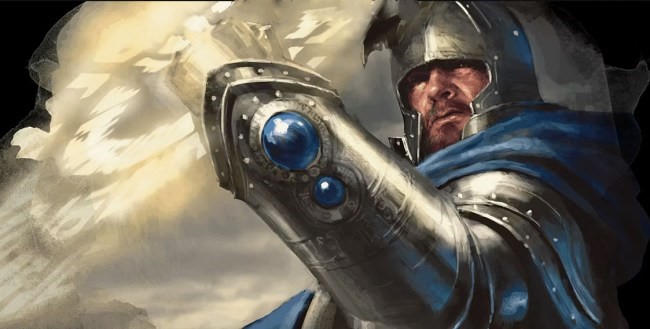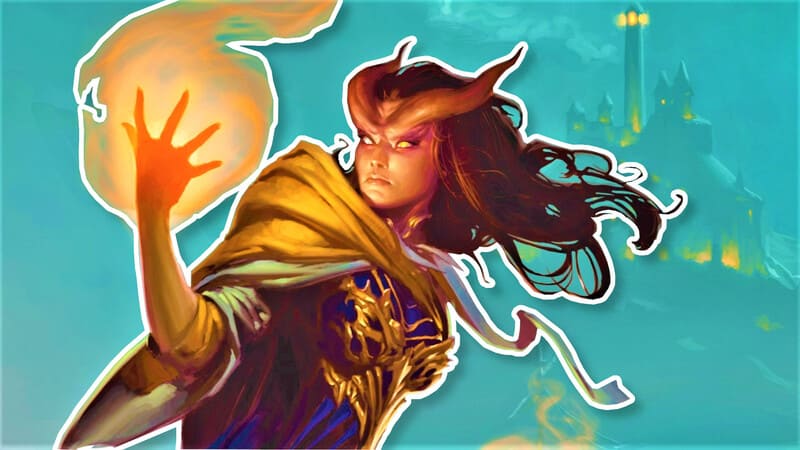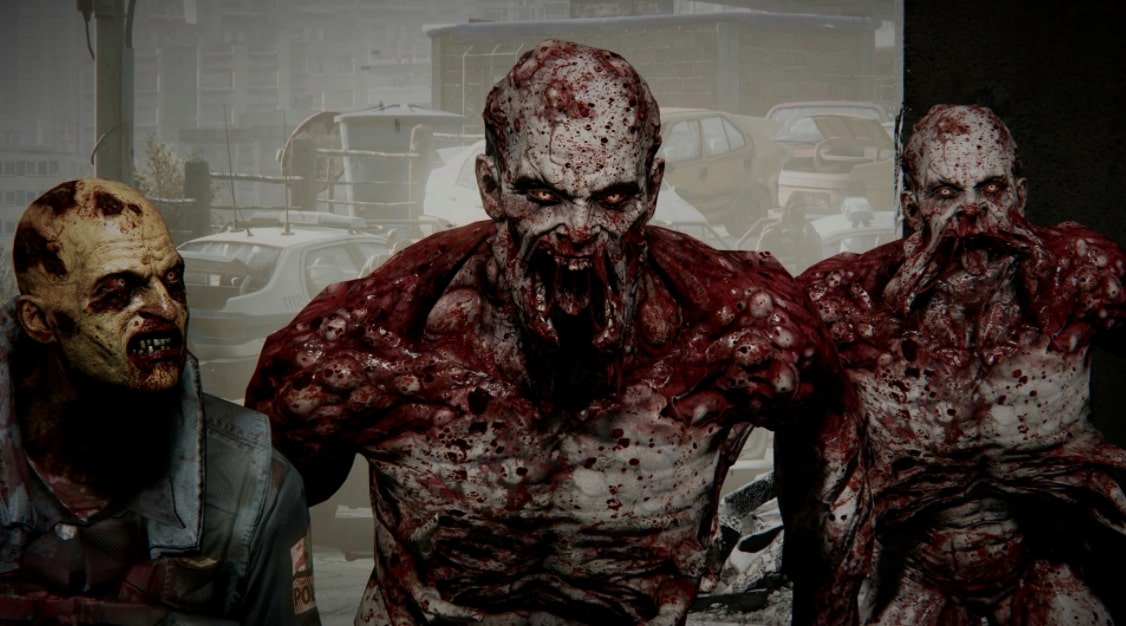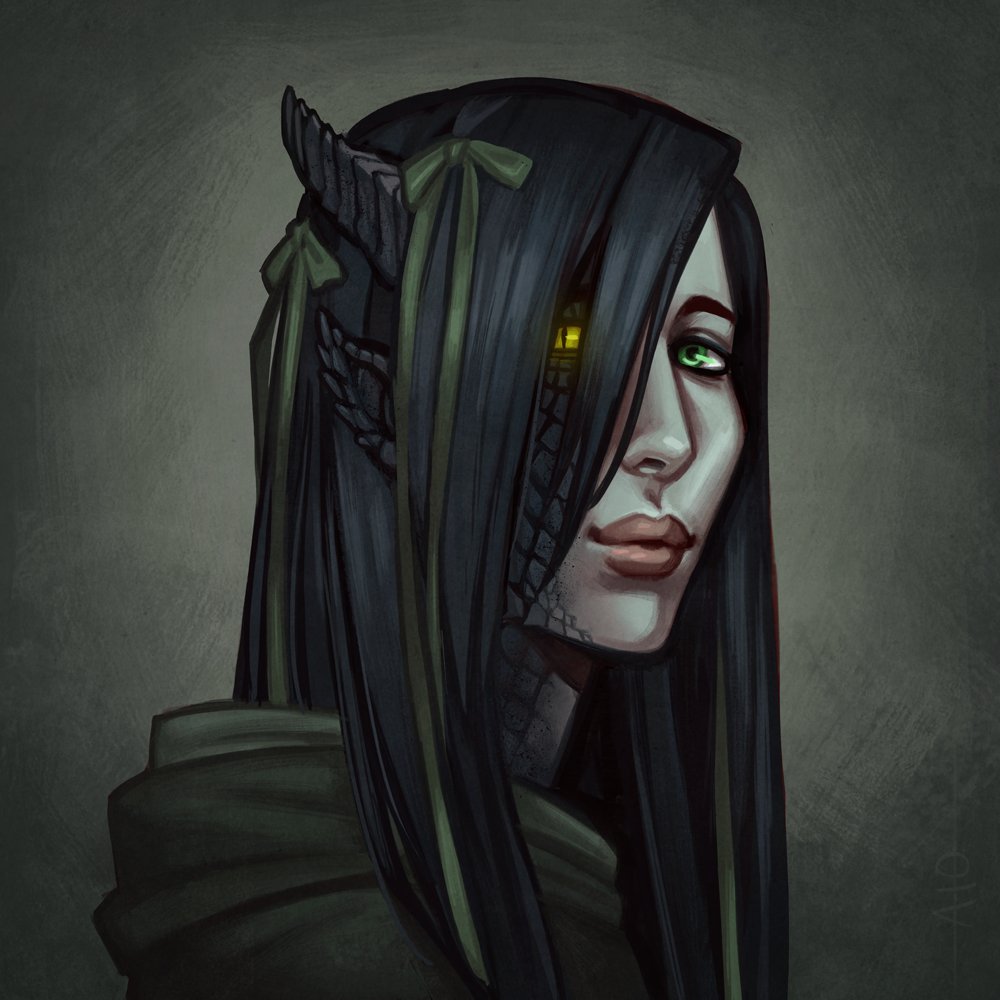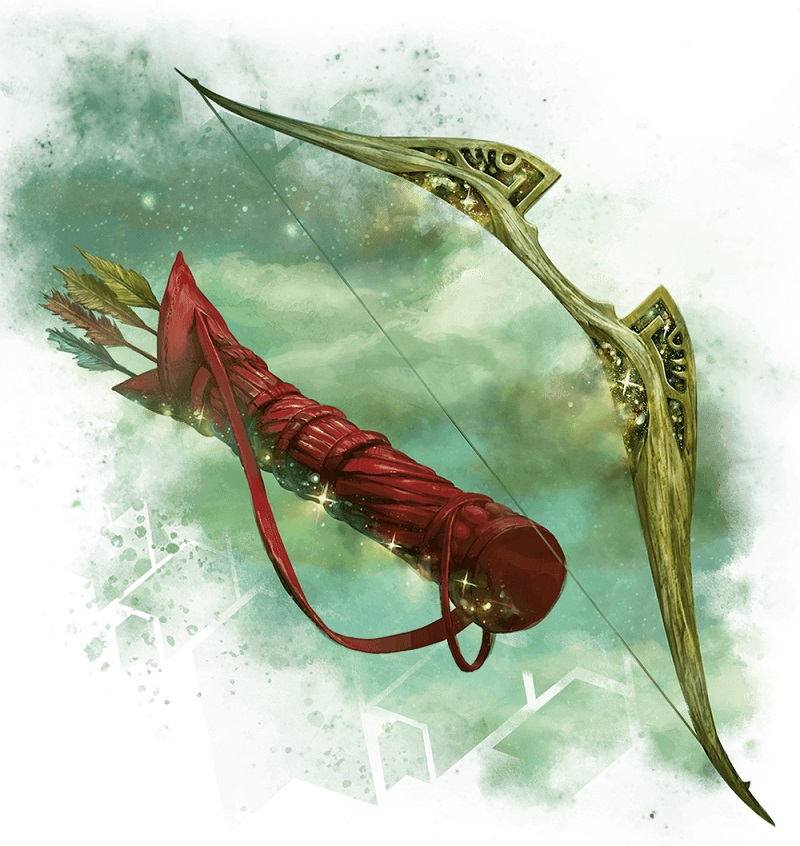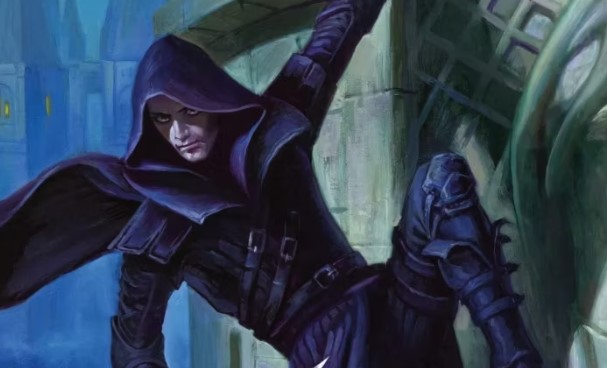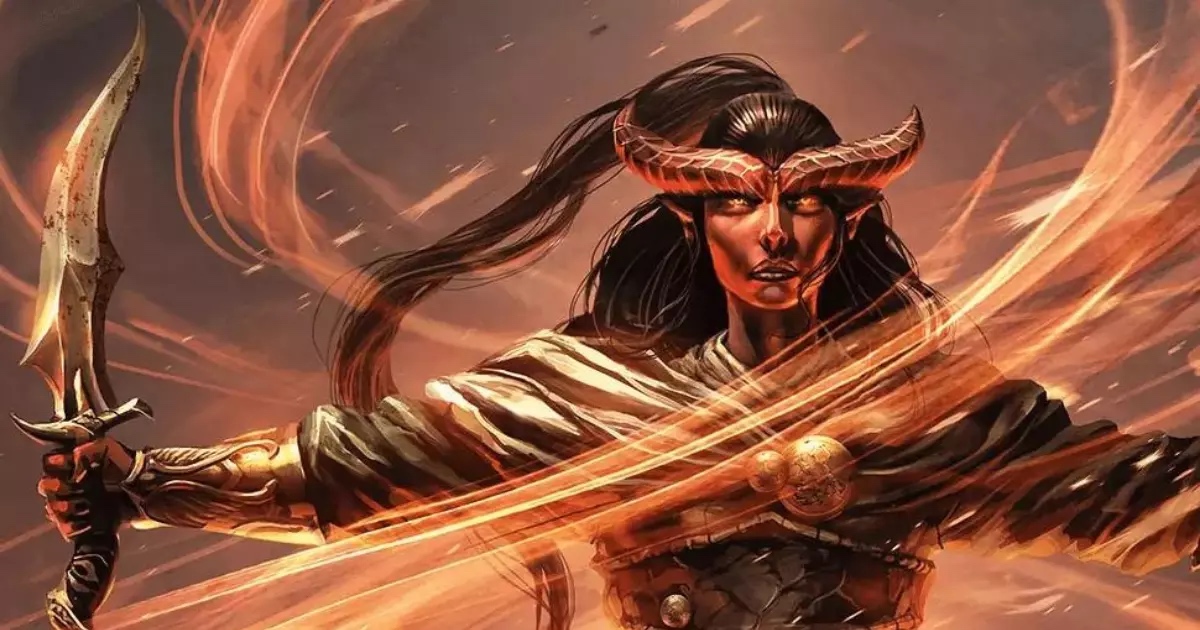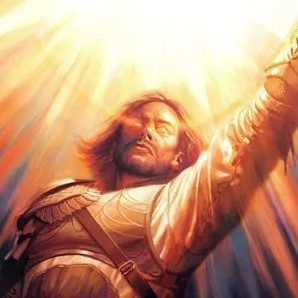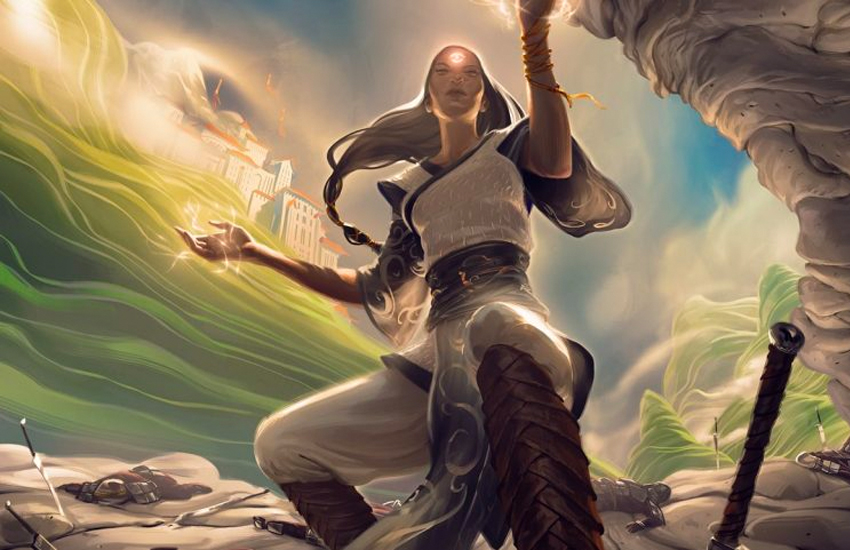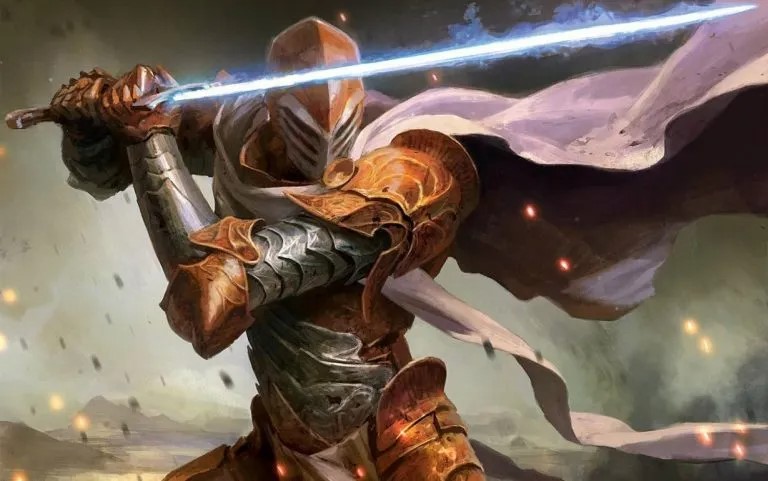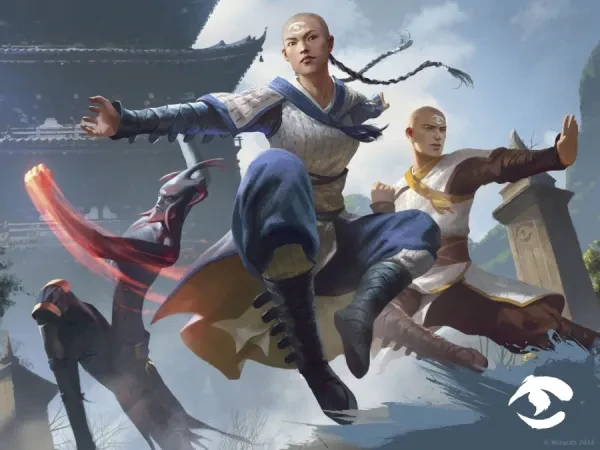
10. Tough(Player's Handbook)

A level a day keeps the cleric away.
When a player takes the feat Tough, it immediately increases the hit point maximum of their character by an equal amount to twice their level. Afterward, whenever their character gains a level their hit point maximum goes up by two HP.
A monk’s hit die is a D8, the second smallest hit die compared to the D6 that wizards and sorcerers get for their hit die. By taking the Tough Feat, especially at a later level, not only will it double your hit point maximum by an equal amount to twice your level on the spot when taken, but it will also increase your HP maximum by two every time your monk gains a level afterward.
By taking the Tough feat, you’re essentially turning your monk’s D8 hit die into a D10 for the rest of the campaign, which can go a long way toward getting more survivability out of your monk.
On top of that, monks don’t wear armor and instead rely on 10+their Dexterity modifier+their Wisdom modifier for their AC and if one of those is on the lower end means a lower AC for your monk. Taking the Tough feat helps monks with a low Armor Class.
Why Tough is Great for Monks:
- 1. It increases your monk’s maximum hit points when taken and your monk’s hit point maximum increases by two whenever they gain a level.
- 2. It helps monk PC’s that have a low Armor Class by giving them a large pool of hit points.
- 3. If you decide to multi-class your monk with a class with a lower hit die(such as a wizard or sorcerer), the Tough Feat can help compensate for the lower hit points you’d receive with that class.
9. Crusher(Tasha's Cauldron of Everything)
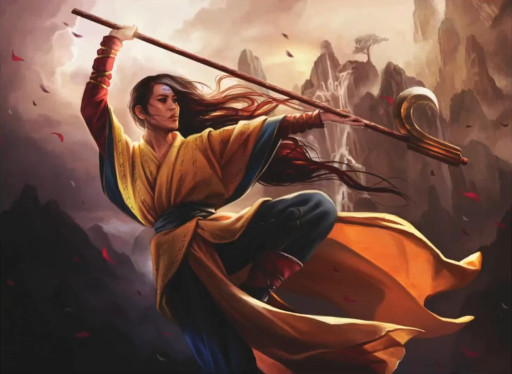
Crush your enemies and see them driven before you.
The Crusher Feat lets you add +1 to your monk’s strength or constitution score, to a maximum of 20, and lets you push back an enemy 5 feet with a bludgeoning attack to an unoccupied space, as long as the creature is no more than one size larger than your monk.
The benefits of Crusher don’t end there though because if the bludgeoning attack is a critical hit, attack rolls against the creature are made with advantage until the start of your next turn.
Monks have various ways of dealing bludgeoning damage, including monk weapons like the quarterstaff, regular unarmed strikes, and the Flurry of Blows feature, which allows them to make two unarmed attacks as a bonus action for 1 Ki point.
By taking the Crusher feat, your monk gains the ability to move a target 5 feet when they are successfully hit with an attack that deals bludgeoning damage. This maneuver has several advantages, such as allowing your monk to essentially get a free disengage due to moving the enemy away from them and enabling you to move foes into areas of effect created by either the environment or your party members.
On top of that, if you crit on your unarmed attack and it deals bludgeoning damage, all attacks made against that creature are made with advantage until your next turn. Suffice it to say, Crusher is a powerful feat that benefits both your monk and on a crit, your party members too.
Why Crusher is great for monks:
- 1. It allows you to add +1 to either your monk’s Constitution or Strength score which can be useful depending on if your monk deals damage with strength or if they want to improve their hit points and survivability.
- 2. As long as you’re facing one enemy, being able to move them 5 feet essentially gives you a free disengage(if you have any movement left)without having to use an action, which if your monk is a hit-and-run type is incredibly beneficial.
- 3. If you crit with an attack that deals bludgeoning damage against a creature, it triggers advantage on all attack rolls made against that creature. Which in turn could potentially lead to even more critical hits against the creature.
8. Fey Touched(Tasha's Cauldron of Everything)

You've been hit by, you've been struck by, a Fey-Touched monk!
The Fey Touched feat gives your monk a + 1 to their intelligence, wisdom, or Charisma score to a maximum of 20. Your monk also learns the Misty Step spell and a 1st-level of their choice from either the Divination or Enchantment school of magic.
Your monk can cast each of these spells without expending a spell slot but after doing so needs to finish a long rest before being able to cast them without a spell slot again. You can also cast them with spell slots of the appropriate level. The spells’ spellcasting ability is the ability increased by the Fey Touched feat.
Fey Touched is a good feat for monks because it provides a +1 increase to your Wisdom score, which directly impacts your AC and your Stunning Strike save DC.
On top of that, it also gives you the Misty Step spell which allows your monk to teleport up to 30 feet to an unoccupied space as a bonus action, which means you could attack, and then Misty Step away because teleporting doesn’t incur an attack of opportunity.
As if that wasn’t good enough already, you also get to pick a 1st-level spell from either the Divination or Enchantment school of magic. For example, taking Hunter’s Mark allows you to add an extra 1d6 damage you do to a creature you’ve marked as long as it’s weapon damage.
Why Fey Touched is great for monks:
- 1. It gives you the option to add +1 to your monk’s Wisdom score which ups your monk’s Armor Class and Stunning Strike save DC.
- 2. Your monk gets access to the Misty Step spell which is incredibly strong for hit-and-run style monks.
- 3. Your monk also gets access to a 1st-level spell from either the Divination or Enchantment school of magic.
7. Gift of the Gem Dragon(Fizban's Treasury of Dragons)

Take your enemy and push them over there!
The Gift of the Gem Dragon feat is another feat that gives you the option to add a +1 to your Charisma, Intelligence, or Wisdom score.
It also gives you the ability Telekinetic Reprisal which as long as you were hit by an enemy within 10 feet of you, on a reaction to emanate telekinetic energy. The creature that hits you must make a Strength saving throw with the DC being 8 + your proficiency bonus + the ability modifier of the score increased by the Gem Dragon feat. If the creature fails the save it takes 2d8 force damage and is pushed up to 10 feet away from your monk.
On a successful save, the creature takes half the damage and isn’t pushed. You can use the reaction a number of times equal to your proficiency bonus and you gain all expended uses after a long rest.
Gift of the Gem Dragon offers more than just a +1 Wisdom boost; its best feature is the reaction it grants. When a foe within 10 feet strikes your monk, you can use this reaction to deal 2d8 force damage and potentially push them away, providing your monk with a valuable opportunity to flee on their next turn.
Mobility is pretty important when it comes to monks so being able to reduce or not incur any attacks of opportunity is why Gift of the Gem Dragon is a great feat for your monk.
Why Gift of the Gem Dragon is great for monks:
- 1. It’s another feat that gives you the option to add +1 to your Wisdom score which is always a welcome bonus.
- 2. With the "Telekinetic Reprisal" ability, you can react by inflicting 2d8 force damage on an enemy within 10 feet who just struck you, simultaneously pushing them up to 10 feet away, provided they fail their saving throw.
- 3. It helps keep enemies at bay and allows you to safely move on your next turn without incurring an attack of opportunity.
6. Alert(Player's Handbook)
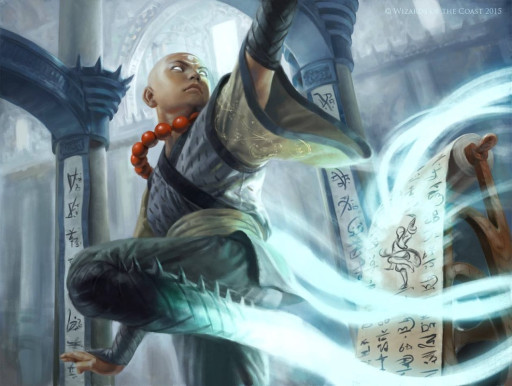
The alert monks throws the first punch.
The Alert feat makes it so your monk can’t be surprised when conscious, your monk gains a +5 bonus to initiative, and other creatures don’t gain advantage on attack rolls against you as a result of being unseen.
Your monk will more than likely already have a pretty good initiative due to their dexterity score bonus and adding +5 to it means more often than not your monk will be one of the first ones to go during combat. On top of that, you can’t be surprised, which is a pretty nice bonus.
Why Alert is great for monks:
- 1. It adds +5 to your initiative rolls so if you roll a 12 and have a +3 Dexterity modifier that pushes it to 15 and the +5 would push it up to 20.
- 2. It makes it so you can’t be surprised during encounters.
- 3. Having a higher initiative due to Alert means you could potentially go before the boss does and use Stunning Strike on them. If the enemy fails, they’re stunned until the end of your next turn.
5. Sentinel(Player's Handbook)

Every attack is an attack of opportunity when you think about it.
If your monk has the Sentinel feat and hits an enemy with an opportunity attack, the speed of the creature becomes 0 for the rest of the turn.
Creatures also provoke an opportunity attack from your monk even if they used the Disengage action on their turn.
When a creature within 5 feet of you attacks a target that isn’t your monk(and the target also doesn’t have the Sentinel feat), you can use your reaction to make a melee weapon attack against the attacking creature.
The Sentinel feat is an incredibly strong feat for monks because it allows your monk to stop enemies in their tracks and also stops them from escaping and lets your monk continue to attack them.
If that wasn’t enough, you can also attack a creature that’s within 5 feet of you if they make an attack against a target that isn’t you and if who they’re attacking also doesn’t have the sentinel feat.
Why Sentinel is great for monks:
- 1. It allows your monk to stop enemies from fleeing with a disengage action and even stops them in their tracks if hit with an attack of opportunity.
- 2. It lets you attack an enemy that’s within 5 feet of you that attacks someone else. Your attack against them could be the hit that stops them from downing a party member.
- 3. It helps your monk control the battlefield even more.
4. Skill Expert(Tasha's Cauldron of Everything)

Double, double your roll’s not in trouble.
Skill Expert lets you add a +1 to any ability score of your choice, to a maximum of 20.
Your monk gains proficiency in one skill of their choice.
Your monk gains expertise in a skill they have proficiency with, which means their proficiency bonus is doubled for any check made with that skill. The skill you choose can’t already be benefitting from a class ability or feat that doubles its proficiency bonus.
For example: a skill with a +4 proficiency bonus gets +8 added to it instead due to expertise so rolling a 10 automatically makes it an 18 with the +8.
Skill Expert is another good early feat for your monk because it allows them to add +1 to their Wisdom score which helps up their monk abilities. On top of it, you also get to add your proficiency bonus to a skill of your choice like Perception for heightened senses or Acrobatics for more nimble maneuvers.
Getting to double a skill with expertise is always helpful, especially for skills your monk already has a high modifier in.
Why Skill Expert is great for monks:
- 1. It lets you add a +1 to any of your ability scores, letting you up your monk’s Dexterity or Wisdom ability score.
- 2. It lets you choose a skill and add proficiency to it which helps increase any skill checks made with it.
- 3. Skill Expert gives you expertise in any skill your monk is proficient in, which doubles the proficiency bonus of the skill.
3. Mobile(Player's Handbook)

Gotta go fast!
The Mobile feat increases your monk’s speed by 10 feet, so if they could move 30 feet before, they can move 40 feet now.
When your monk uses the Dash action, they don’t lose movement due to difficult terrain.
When your monk makes a melee attack roll against a creature, they don’t provoke an attack of opportunity against the creature for the rest of the turn, whether your monk hits the creature or not.
While monks can deal a lot of damage, they’re less durable than other frontline classes like Barbarian and Fighter, which is why hit-and-run tactics are usually used for monks. The Mobile feat helps with those hit-and-run tactics because it lets you move an extra 10 feet which can put you out of range of melee attacks, some spells, and even some ranged attacks.
On top of that, when you use the Dash action your monk isn’t impeded by difficult terrain, meaning they get to move all 40 feet. Your monk also doesn’t incur any opportunity attacks for a turn against an enemy they make a melee attack against which means they could safely move away without fear of being hit, especially if your monk’s hp is low.
Why Mobile is great for monks:
- 1. It ups your monk’s speed by 10 feet.
- 2. Using the Dash action in difficult terrain doesn’t impose any movement restrictions.
- 3. Your monk also doesn’t incur an opportunity attack from any enemy as long as they made a melee attack against them, which is great for getting out of sticky situations.
2. Mage Slayer(Player's Handbook)
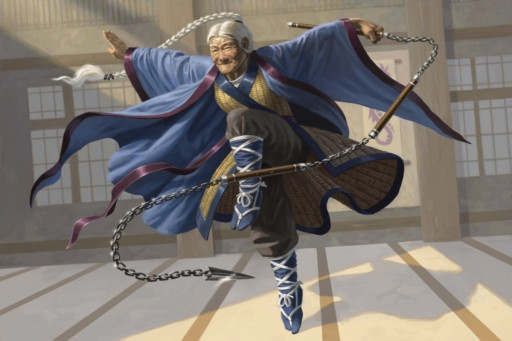
Slaying mages, one at a time.
With Mage Slayer, whenever a creature within 5 feet of you casts a spell, your monk can use their reaction to make a melee weapon attack against them.
When your monk does damage to a spell caster that is concentrating on a spell, the spell caster has disadvantage on the saving throw to maintain their concentration.
Your monk also gets advantage on saving throws against spells cast by creatures within 5 feet of your monk.
Mage Slayer is a good feat for your monk because it helps round out your monk’s battlefield control. It lets your monk attack an enemy spell caster if they cast a spell within 5 feet of your monk and if they do damage to a spell caster concentrating on a spell, the spell caster has disadvantage on the saving throw which is huge for helping end high damage concentration spells.
On top of all of that, your monk has advantage on saving throws against spells cast by creatures within 5 feet of your monk. If a wizard were to cast fireball within 5 feet of your monk, they could potentially succeed on their Dexterity saving throw and only take half damage.
Why Mage Slayer is great for monks:
- 1. It allows your monk to make a melee weapon attack against a spell caster that casts a spell within five feet of your monk.
- 2. If your monk hits a spell caster that’s concentrating on a spell, said spell caster now rolls with disadvantage on their saving throw to maintain concentration.
- 3. Your monk has advantage on saving throws against spells cast within 5 feet of your character. If your monk is resistant to the damage type, they’d instead take no damage which is huge for survivability.
1. Elven Accuracy(Xanathar's Guide to Everything)

As if Half-Elves weren’t already strong enough.
If your monk is an Elf or Half-Elf then you may want to give them the Elven Accuracy feat. Elven Accuracy lets you add +1 to the Dexterity, Intelligence, Wisdom, or Charisma score of your monk giving you versatility in managing their ability scores.
Elven Accuracy also makes it so that whenever you have advantage on attack rolls made with Dexterity, Intelligence, Wisdom, or Charisma, you can reroll one of the dice once. That way if you roll a Nat 1, you can instead reroll it for hopefully something higher.
Another good feat to take early on due to it letting you add a +1 to either your Wisdom or Dexterity score. This feat pairs well with the Crusher feat due to when you crit, you gain advantage on attack rolls made against that creature and if the attack roll is low or you roll a nat 1 on both of them, you can reroll 1 of the dice for potentially something higher.
Why Elven Accuracy is great for monks:
- 1. It lets you add +1 to your Charisma, Dexterity, Wisdom, or Intelligence score, which can be pretty big if the feat is taken early on.
- 2. If you have advantage, you can reroll an attack roll made with Dexterity, Charisma, Intelligence, or Wisdom.
- 3. Coupled with any other feats that give you advantage on your attack rolls means the second half of Elven Accuracy can be strong, allowing you to consistently reroll one die whenever you attack.


